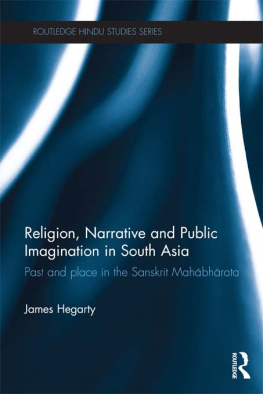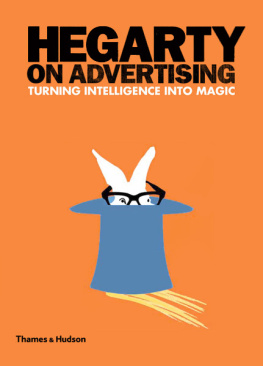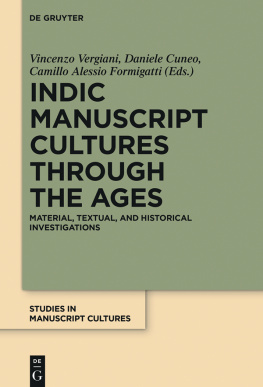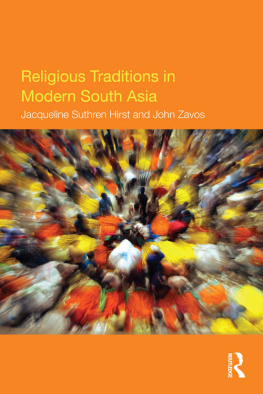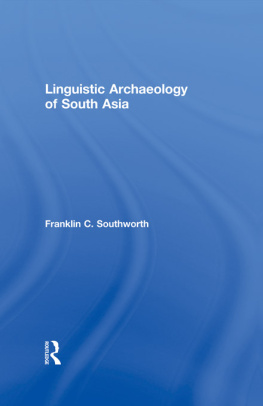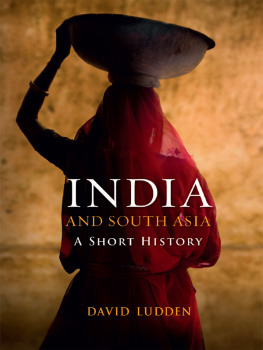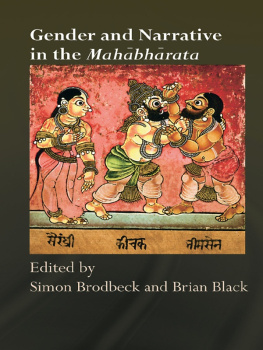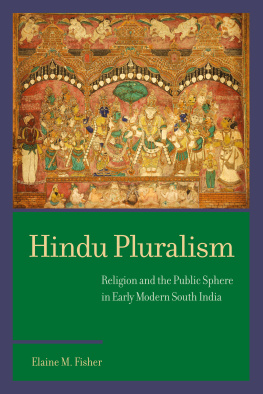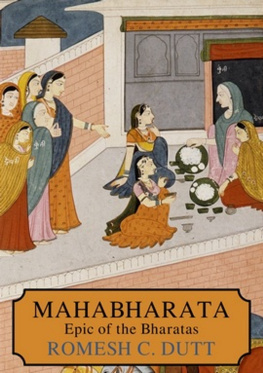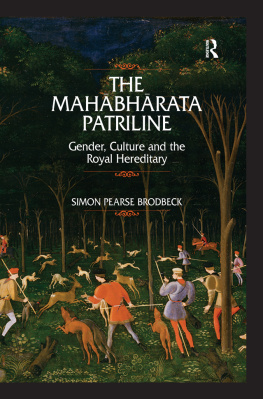The Sanskrit Mahbhrata is one of the greatest works of world literature and pivotal for the understanding of both Hindu traditions and wider society in ancient, medieval and modern South Asia. This book presents a new synthesis of philological, anthropological and cognitivelinguistic method and theory in relation to the study of narrative text by focusing on the form and function of the Mahbhrata in the context of early South Asia.
Arguing that the combination of structural and thematic features that have helped to establish the enduring cultural centrality of religious narrative in South Asia was first outlined in the text, the book highlights the Mahbhrata's complex orientation to the cosmic, social and textual past. The book shows the extent to which narrative is integral to human social life, and more generally the creation and maintenance of religious ideologies. It highlights the contexts of origin and transmission and the cultural function of the Mahbhrata in first millennium South Asia and, by extension, in medieval and modern South Asia by drawing on both textual and epigraphic sources. The book draws attention to what is culturally specific about the origination and transmission of early South Asian narrative and what can be used to enrich our orientation to narrative in human social life more globally.
Routledge Hindu Studies Series
Edited by Gavin Flood
Oxford Centre for Hindu Studies
Former Series Editor: Francis X. Clooney, S. J. Harvard
University

The Routledge Hindu Studies Series , in association with the Oxford Centre for Hindu Studies, intends the publication of constructive Hindu theological, philosophical and ethical projects aimed at bringing Hindu traditions into dialogue with contemporary trends in scholarship and contemporary society. The series invites original, high quality, research level work on religion, culture and society of Hindus living in India and abroad. Proposals for annotated translations of important primary sources and studies in the history of the Hindu religious traditions will also be considered.
Epistemologies and the Limitations of Philosophical Inquiry
Doctrine in Mdhva Vednta
D. Sarma
A Hindu Critique of Buddhist Epistemology
Kumarila on perception
The Determination of Perception chapter of Kumarilabhatta's Slokarvarttika translation and commentary
J. Taber
Samkara's Advaita Vedanta
A way of reaching
J. Hirst
Attending Ka's Image
Caitanya Vaiava Mrti-sev as devotional truth
K. R. Valpey
Advaita Vedanta and Vaiavism
The philosophy of Madhusdana Sarasvat
S. Gupta
Classical Skhya and Yoga
An Indian metaphysics of experience
M. Burley
Self-surrender (Prapatti) to God in rvaiavism
Tamil cats and Sanskrit monkeys
S. Raman
The Caitanya Vaiava vednta of jva Gosvm
When knowledge meets devotion
R. M. Gupta
Gender and Narrative in the Mahbhrata
Edited by S. Brodbeck and B. Black
Yoga in the Modern World
Contemporary perspectives
Edited by M. Singleton and J. Byrne
Consciousness in Indian philosophy
The Advaita doctrine of awareness only
S. Timalsina
Desire and motivation in Indian philosophy
C. G. Framarin
Women in the Hindu tradition
Rules, roles and exceptions
M. Bose
Religion, Narrative and Public Imagination in South Asia
Past and place in the Sanskrit Mahbhrata
J. Hegarty
Religion, Narrative and Public
Imagination in South Asia
Past and place in the Sanskrit Mahbhrata
James Hegarty

First published 2012
by Routledge
2 Park Square, Milton Park, Abingdon, Oxon OX14 4RN
Simultaneously published in the USA and Canada
by Routledge
711 Third Avenue, New York, NY 10017
Routledge is an imprint of the Taylor & Francis Group, an informa business
2012 James Hegarty
The right of James Hegarty to be identified as author of this work has been asserted by him in accordance with sections 77 and 78 of the Copyright, Designs and Patents Act 1988.
All rights reserved. No part of this book may be reprinted or reproduced or utilized in any form or by any electronic, mechanical, or other means, now known or hereafter invented, including photocopying and recording, or in any information storage or retrieval system, without permission in writing from the publishers.
Trademark notice : Product or corporate names may be trademarks or registered trademarks, and are used only for identification and explanation without intent to infringe.
British Library Cataloguing in Publication Data
A catalogue record for this book is available from the British Library
Library of Congress Cataloging in Publication Data Hegarty, James.
Religion, narrative, and public imagination in South Asia: past and place in the Sanskrit Mahbhrata / James Hegarty.
p. cm. (Routledge Hindu studies series)
Includes bibliographical references and index.
1. MahbhrataCriticism, interpretation, etc. 2. South Asia. I. Title.
BL1138.26.H43 2011
294.5923046dc22
2011007875
ISBN: 9780415558631 (hbk)
ISBN: 9780203805121 (ebk)
Typeset in Times New Roman
by RefineCatch Limited, Bungay, Suffolk
In memory of my grandparents, Herta and Herbert, and my great-auntie Franzi, and their kuruketra.
Dedicated to my mother and father and to my brother, Daniel, and to my wife, Natasha, and my children, Pearl and Gabriel.
Contents
Appendices
Acknowledgements
I would like to acknowledge the support of the Arts and Humanities Research Council for both my Master's and Doctoral research (and for supporting an extended period of study in India). I would also like to acknowledge their further support for my research as part of the History of Genealogy: Genealogy of History project at Cardiff University. I would also like to acknowledge the support of the British Academy, whose travel grants made it possible for me to attend several international conferences. Cardiff University also supported a further sabbatical in India and a period of time spent at the University of British Columbia, for which I am very grateful. I would also like to thank Muneo Tokunaga and John Smith (and all who assisted them) for their provision and expansion of the electronic text of the Pune Mahbhrata. Thanks also go to the Huntington Archive. I would like to express my gratitude to the staff, academic and non-academic, at the Bhandarkar Oriental Research Institute and Saroja Bhate. In particular, the patience and hospitality of my Sanskrit tutor, Mukta Keskar, and the company of her husband, Atul Keskar, were much appreciated. I would like to thank the library staff at both the School of Oriental African Studies and Cardiff University. A special vote of thanks goes to Matt Kimberley of the Bodleian, and latterly of the Clay Sanskrit Library, whose efforts to obtain for me certain texts were nothing short of heroic.

